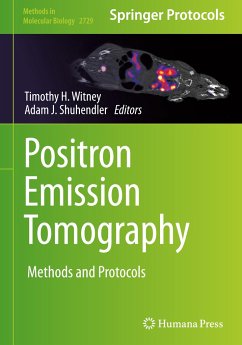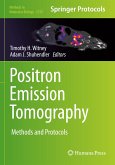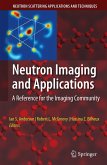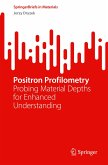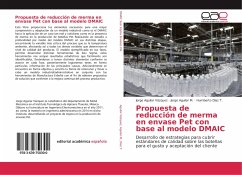This detailed volume explores key concepts and experimental design related to Positron Emission Tomography (PET) imaging that have revolutionized our understanding of human biology. The first part focuses on recent advances in radiotracer probe development to enable the detection of materials, from large macromolecules to complicated drug-like structures. The next section describes how key physiological and pathophysiological processes can be interrogated and quantifiably measured with this imaging technique. Finally, chapters examine important technological developments in the field that are revolutionizing the way these innovative PET probes are utilized in the clinic. Written for the highly successful Methods in Molecular Biology series, chapters include introductions to their respective topics, lists of the necessary materials and reagents, step-by-step and readily reproducible laboratory protocols, as well as tips on troubleshooting and avoiding known pitfalls.
Authoritative and practical, Positron Emission Tomography: Methods and Protocols serves as an ideal guide for researchers looking to use imaging to revolutionize the way we diagnose and treat disease.
Authoritative and practical, Positron Emission Tomography: Methods and Protocols serves as an ideal guide for researchers looking to use imaging to revolutionize the way we diagnose and treat disease.

